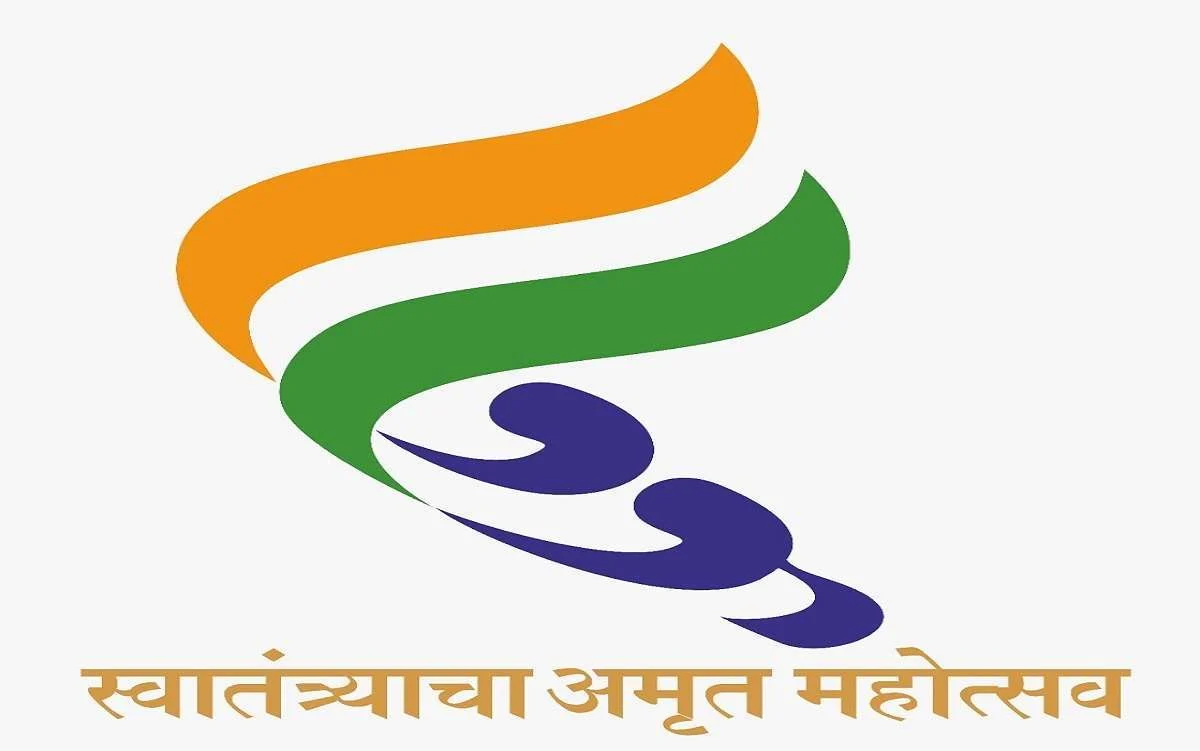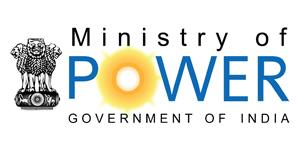New Technologies
Wave Power

|
Sea waves are the result of transfer of mechanical energy of wind to wave energy. The wave quality varies for different periods and seasons. It is possible to have a realistic formula to calculate the overall wave energy potential. A general study of the wave nature has shown that there is potential of 40,000 MW along the Indian coast. |
Fortunately after decades of research and development activities all over the world, some technologies are now available commercially. We need to explore the possibility of wave energy power plants at the identified sites by inviting proposals from private investors / promoters / technology providers from all over the world. They attract the private investment to the tune of Rs3000 crores. The Govt. of Maharashtra and Govt. of India have plans to announce policies to attract private investors in this field on BOO (Build Own Operate) basis.
Energy Potential of Sea Waves -
Wave energy is, in fact, the storage of mechanical energy of wind in the sea water. Sea waves are variable in nature and their height and width changes with time and season. The power available in a sea wave is expressed as the following formula :-
P = 0.55 H2 s Tz kW per metre length of wave crest.
Where Hs = average of one-third of the highest waves in metre
Tz = zero crossing period in seconds.
That means a significant wave height of 3 metre. with a zero crossing period of six seconds will have the wave power of 29.7 kW per metre length of the wave crest.
The average potential along the Indian coast is around 5 to 10 kW /m. India has a coast line of approximately 7500 km. Thus the total potential comes to around 40,000 MW. Even a 15% utilization would mean the availability of approximately 6000 MW. Generally it has been observed that the western coast is more useful than the eastern coast. This is because the former has more stable waves and is less vulnerable to cyclones that can damage the power plant.
Available Technologies -
All over the world many types of technologies have been tried way back since1970s. They are :
a. Cockerel raft
b. Flexible Bag energy Converter
c. Submerged circular cylinder converter
d. Clamp wave energy converter
e. Oscillating water column Converter
f. Ocean swell powered renewable energy Converter
Of these, the oscillating water column converter (OWC) has been found to be more dominant due to its simplicity and adaptability to use the existing coastal structure of sea harbours. The OWC system consists of a chamber in the sea exposed to wave action through an entrance at the bottom or on the side. The air inside the chamber gets pressurized or expanded owing to the wave action.
The air movement through a small opening from or into the chamber, depending on the pressure inside, is used to drive an air turbine. This technology has been tried at Vizhinjam along the Kerala coast, near Thiruvananthapuram by National Institute of Ocean Technology, Chennai. (150 kW).
Status In Maharashtra -
MEDA sponsored a study, conducted by Centre for Earth Science Studies, Thiruvananthapuram, to find the wave energy potential along the Maharashtra coast. The study completed in 1994, has shown the Maharashtra coast has an annual wave potential ranging between 4 to 8 kW per metre of the length of the wave crest. During the monsoon, i.e., between June and August, the potential is quite high, i.e. 12 to 20 kW/m. The wave energy potential of the most feasible sites in Maharashtra are given in the following table :-
|
Wave power at selected sites along Maharashtra coast |
|||||
|---|---|---|---|---|---|
|
OFF SHORE |
COASTAL |
||||
|
Site |
Annual |
(Jun-August) |
Site |
Annual |
(Jun-August) |
|
Vengurla Rock |
8.01 |
20.61 |
Girye |
5.90 |
14.21 |
|
Square Rock |
6.79 |
16.64 |
Vijaydurg |
5.86 |
13.58 |
|
Redi |
6.35 |
16.57 |
Ambolgarh |
5.74 |
13.48 |
|
Malvan Rock |
6.91 |
16.73 |
Kunkeshwar |
5.64 |
13.35 |
|
Kura Inset |
5.79 |
13.74 |
PawaPoint |
5.36 |
13.10 |
|
|
Wagapur |
5.70 |
13.10 |
||
The Vengurla and Malvan rocks and Redi are on the top among the offshore locations. In the other group, Pawas and Ratnagiri top the list followed by Girye and Miyet point.
DEVELOPMENT IN MAHARASHTRA -
Power Generation Projects based on Wave Energy are not yet commercially established in India. MEDA has taken initiative for establishing Demonstration Power Generation Project at Budhal, Taluka: Guhagar, District: Ratnagiri.












